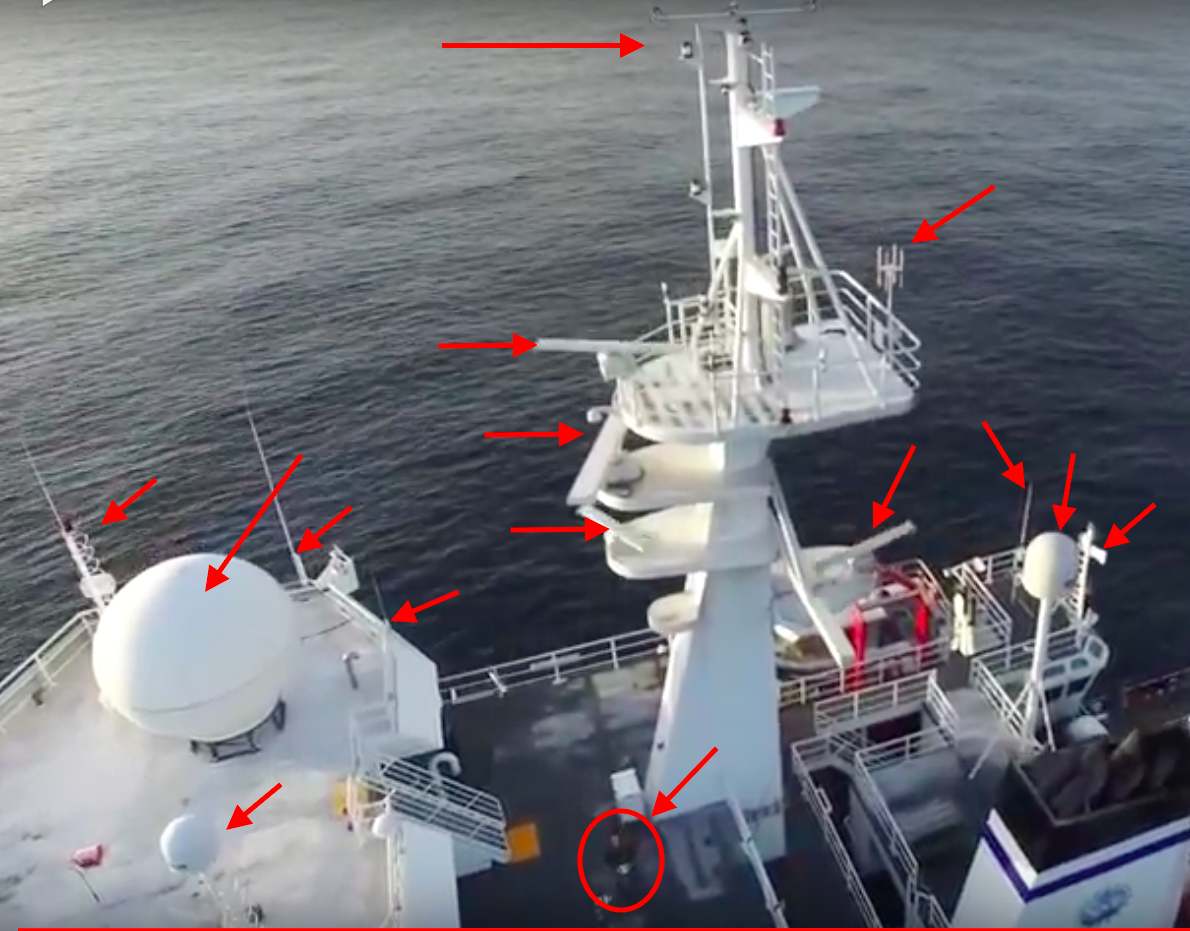- Joined
- Jun 28, 2016
- Messages
- 213
- Reaction score
- 74
- Age
- 67
- Location
- Radford, Virginia
- Website
- fishcrow.com
Some information is posted here on flights with a DJI Phantom 3 Pro before, during, and after a sea trip in the Arctic. I was concerned about the effect that cold weather might have on the batteries, but that didn't seem to be a problem. I did a few flights just before the start of the trip. During a flight outside Nome, I just wanted to take it up and pan around for a look at the tundra. All seemed to be going well until it went into Atti mode and started flying off with a light breeze (which may have been a bit stronger 120 meters up). I was able to bring it back with no problem. I also did a flight a short distance out over the water to get some footage of Nome, and that went well. I had dreams of sending the drone up as we passed through the Bering Strait and panning around for views of the U.S. and Russia, but it was overcast and windy. The wind was nearly constant and often very strong while we were on the Arctic Ocean, but I did two flights on a calm day a little over 100 miles to the NNW of Barrow. Due to magnetic fields on the ship, I was unable to calibrate the compass, but I wasn't about to take the drone all the way up there and not give it a try. I had an extra drone and decided to give it a go. There didn't seem to be any problem during the first flight, but I was very cautious and didn't fly very high or far from the ship. It went into Atti mode during the second flight, and the wind picked up a bit. It was challenging to compensate for the wind and bring it in for a landing. During my test flights on land, I would usually bring it back to a position above and then bring it straight down. I spent a lot of time practicing that approach. It wasn't until I tried the drone on the ship that I realized this is not a good approach at sea. I was unable to bring it overhead and then compensate for the wind while bringing it down. So I brought it in horizontally. That was working fine until it got to just within reach. Anyone who has spent time on the deck of a ship will know that there can be large variations in the wind as you walk around a corner (e.g., from the lee side of the bridge). The drone was almost within my grasp when it got caught by a small gust of wind that caused it to go off to the wide. A few props were broken when they hit a wall, but I was fortunate that there was no other damage. I did another flight when we reached Dutch Harbor, where it once again went into Atti mode. I don't know if this was due to cloud cover or the latitude, but Dutch Harbor is well below the Arctic Circle. One of my main objectives was to fly the drone over sea ice, but we had high winds on the only day that we were in the ice.






